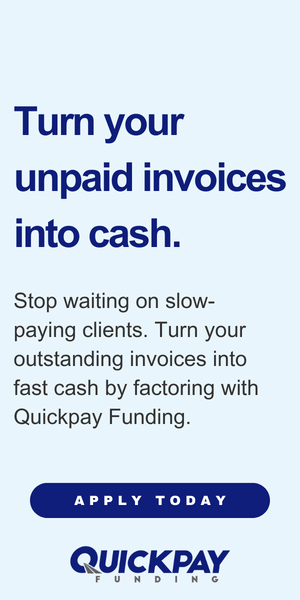Factoring is a financial transaction whereby a company (Seller) sells its accounts receivable (Invoices) at a discount to a third party (Factor). This is done to facilitate the immediate payment of an invoice(s) and allow the business to accelerate cash flow to support growth. Factoring is a complete financial solution that combines working capital, credit risk protection, accounts receivable bookkeeping, and collection services.
How Invoice Factoring Works
There are three parties directly involved in Factoring.
- Seller. Provides goods or services to the Debtor and sells that invoice to the Factor.
- Debtor. Is the customer that buys the goods or services from the Seller. Also known as the “Account Debtor” is required to remit payment for the invoice(s) to the Factor.
- Factor. Are businesses who pay cash now for the right to receive the future payments on the Seller’s invoices.
The Factor provides funds to the Seller in the form of a cash advance, typically between 70-90% of the face amount of the invoice(s). The advance rate is based on a number of variables including product sold, credit quality, terms of sale, type of industry, and others. The balance of the purchase price of the invoice(s) (also known as the “Escrow Reserve,”) is paid to the Seller, less the Factor’s fees once the invoices are paid in full.
It’s NOT a Loan
Factoring differs from bank loans in several ways. The Factor is much more concerned with the creditworthiness of the Debtors, whereas a bank focuses on the creditworthiness and total assets of the Seller. Factoring is not a loan. It is the purchase of a financial asset (accounts receivables) from the Seller at a discount.
An open accounts receivable represents money owed by customers in exchange for goods or services that have been delivered or used – but not yet paid for.
The Seller submits its invoices to the Factor, who then purchases the receivable and advances funds to the Seller. The sale of the invoice transfers legal ownership of the receivable from the Seller to the Factor. The Factor in return obtains all of the rights associated with that receivable sold. The account Debtor is notified of the sale of the receivable and pays the Factor directly for the invoice.
Primary Components
There are three primary components to a factoring transaction.
- The Advance is a percentage (typically 70-90%) of the face amount of the invoice that is paid to the Seller at the time the invoice is purchased by the Factor.
- The Reserve is the balance of the invoice amount less the Advance. When the Factor receives payment from the Debtor, the Reserve is released to the Seller less any Factoring fees owed.
- The Factoring Fee is the cost associated with Factoring. It is subtracted from the money due to the Seller from the Reserve when the invoice is paid.
Additional Services
Factors provide AR management services as part of the financing program. This includes credit approvals for existing and new Debtors, help with collection calls and letters, confirmation of completed work and/or delivery and acceptance of goods, detailed aging reports and specialized support, such as securing subordinations related to delinquent taxes or judgments or filing for an Assignment of Claims for payments of federal government receivables.
Unlock your business potential by turning your unpaid invoices into immediate cash. To learn about Quickpay Funding’s Invoice Factoring program, Click Here.




